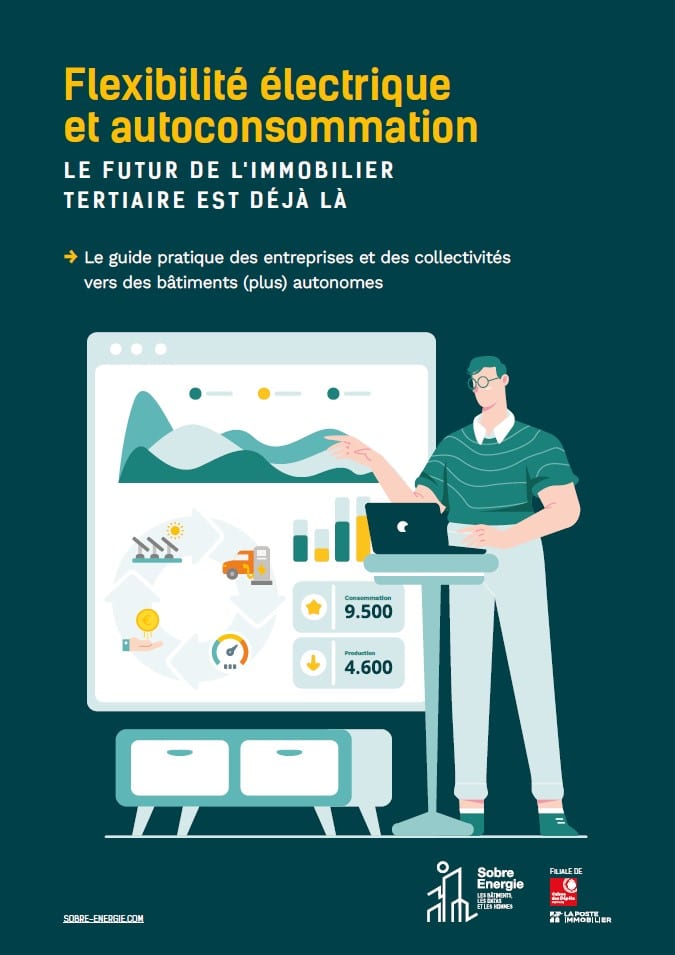On June 25, 2025, the Association of Real Estate Directors (ADI) organized a breakfast at the Cercle de l'Union interallied , bringing together public decision -makers, private actors and experts in the sector around an essential question: how to develop our real estate strategies to respond both to climate emergency, regulatory constraints and energy pressure?
At the opening, Franck Lirzin, director of strategy, customers and project management at SNCF Immobilier, set the frame: “Real estate is at the crossroads of three tensions: climate, energy and use. Faced with this, you have to go from a technical management logic to a real heritage transformation strategy. A strong point that paved the way for concrete feedback and operational visions carried by La Poste Immobilier, Nexity, Collars France , and other major players in the sector.
Climate resilience: anticipate the risks to adapt the assets
La Poste Immobilier recalled that claims linked to climatic vagaries are already cost 500 million euros per year in the sector. To answer it, the company initiated an investment envelope dedicated to adaptation , mobilizable on more than 400 active ingredients , with the objective of strengthening their structural resilience while retaining an ambitious energy trajectory.
Energy sobriety: measurable and reproducible results
In parallel with this adaptation strategy, La Poste Immobilier presented the results of its sobriety plan 2022-2023, with a reduction of 18 % of energy consumption throughout its park. This performance was obtained thanks to a coordinated plan: extinction of heating on vacant surfaces, internal mobilization via the IFPEB cube (with 50 winning sites), contract via CPE with profit -sharing clauses, and centralized piloting thanks to the neo datamarc platform.
Local energy production: a strategic lever towards autonomy
Faced with the rise in energy prices and the electrification of uses, La Poste Immobilier continues an ambitious trajectory in terms of local production. The announced objective is to produce 20 GWh of solar electricity by 2030, against 2 GWh today, by equipping the roofs and parking lots of its logistics sites with photovoltaic shade.
Badr Rharbi, technical director of La Poste Immobilier, underlined: “Local production is an essential lever to secure our long -term consumption. It completes our sobriety strategy and anticipates the growing electrification of uses, especially for mobility. »»
This strategy is accompanied by initiatives on stationary storage, bidirectional IRVE terminals and optimization of flows via GTB tools.
GTB: make exploitation a real performance lever
The Bacs Decree now requires GTB systems in tertiary buildings, but their real efficiency strongly depends on their exploitation.
Olivier ATTRET, director at Nexity Entreprises, pointed out a structural issue: “GTB delivered by promoters work at start -up, but it is the quality of their exploitation in the duration that raises questions. »»
Faced with this, solutions like the GTB Light, designed for medium or diffuse surfaces, allow simplified piloting, centered on drifts, with thought for non -specialist users.
Design new sober, resilient and effective buildings
On the real estate development aspect, Nexity highlighted an integrated approach to energy efficiency. The company focuses on the systematic use of heat pumps, the use of geothermal energy, and passive solutions such as natural ventilation or thermal compartmentalization.
The projects are designed to anticipate the scarcity of resources, with buildings capable of operating without active heating or cooling systems, and immediately incorporating energy flexibility strategies.
Make ESG a value creation engine
Kateryna Kuzmenko, Head of Sustainability & Esg Advisory at Colliers France, recalled that sustainability can no longer be considered as a "bonus": it becomes a structuring criterion of the value of use and resale.
“The subject ESG takes an increasingly important part with leaders. There is no longer any question of making sustainability an option, but of integrating it as a lever for value creation and long -term resilience. »»
Colliers now supports its customers in strategies combining solar self -consumption, energy valuation of parking lots, stationary storage and intelligent use of uses.
Conclusion: Acting on a park scale, with consistency and ambition
This ADI breakfast confirmed that the success of the energy transition no longer depends on isolated initiatives, but on the ability to articulate sobriety, efficiency, adaptation and resilience at the scale of a housing stock.
Technical solutions exist. Their deployment depends today on governance, allocated means, the quality of the exploitation, and a coherent strategic reading of the low carbon trajectory
